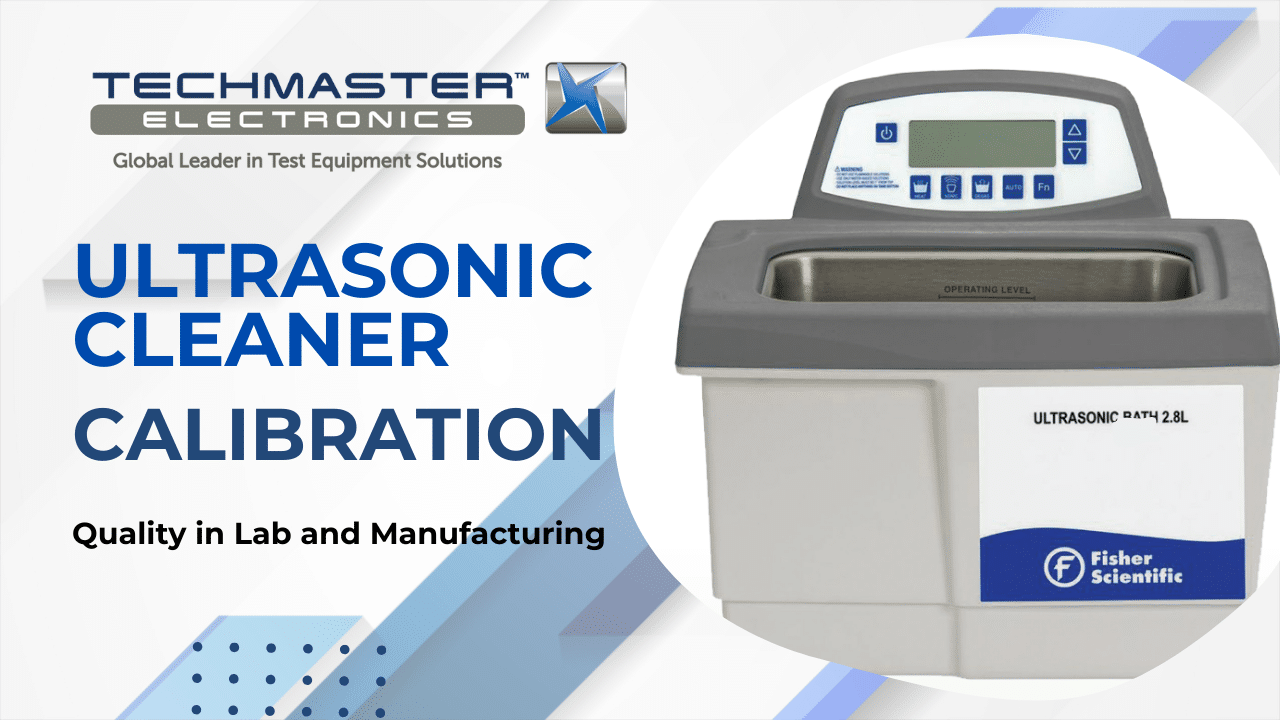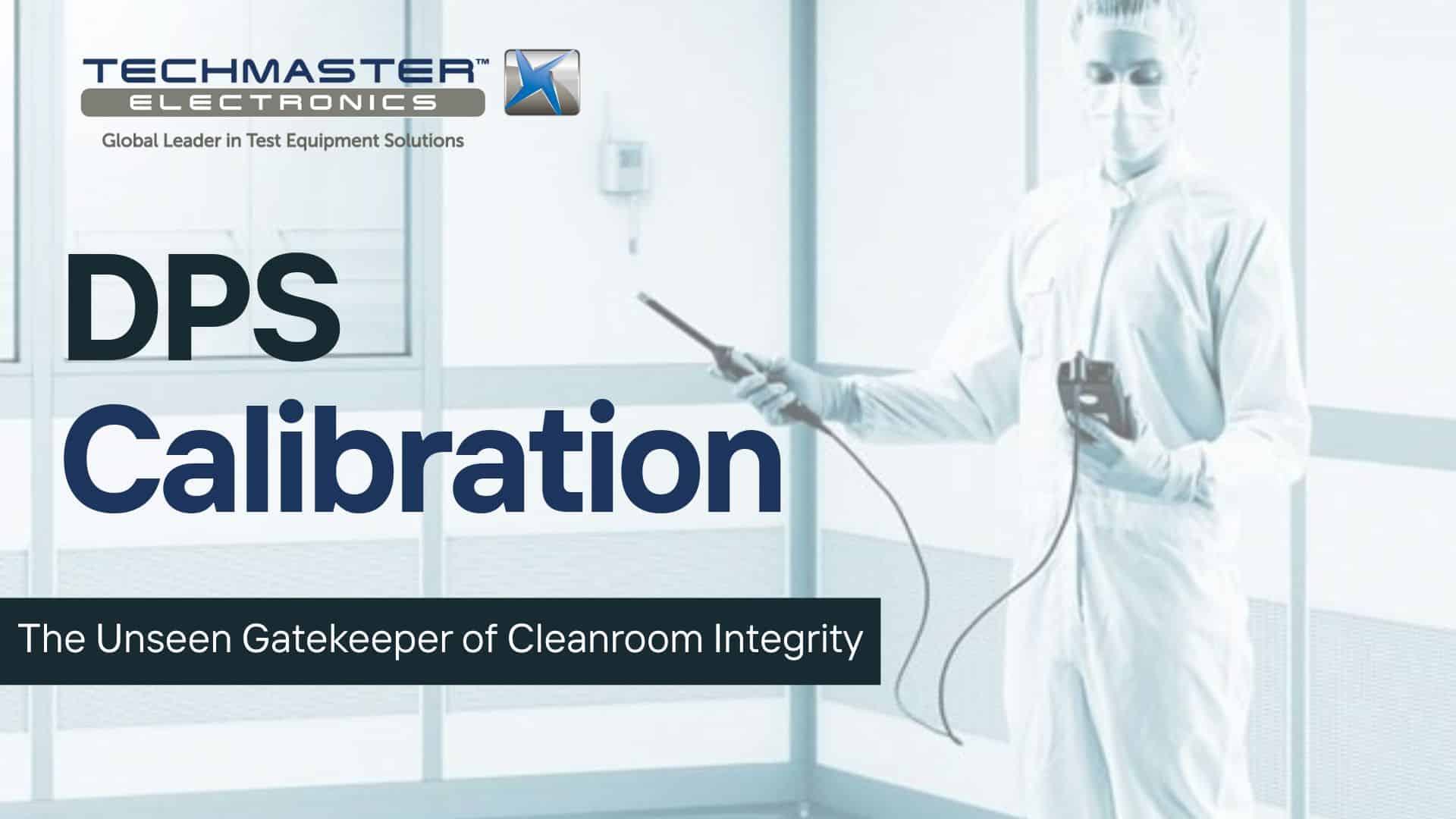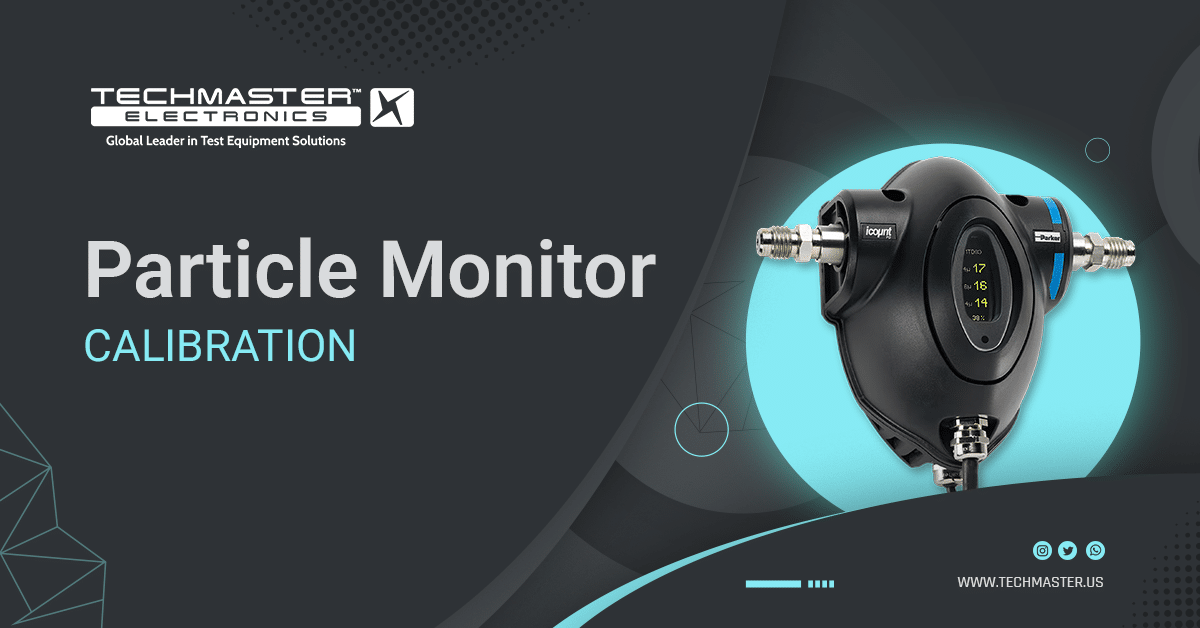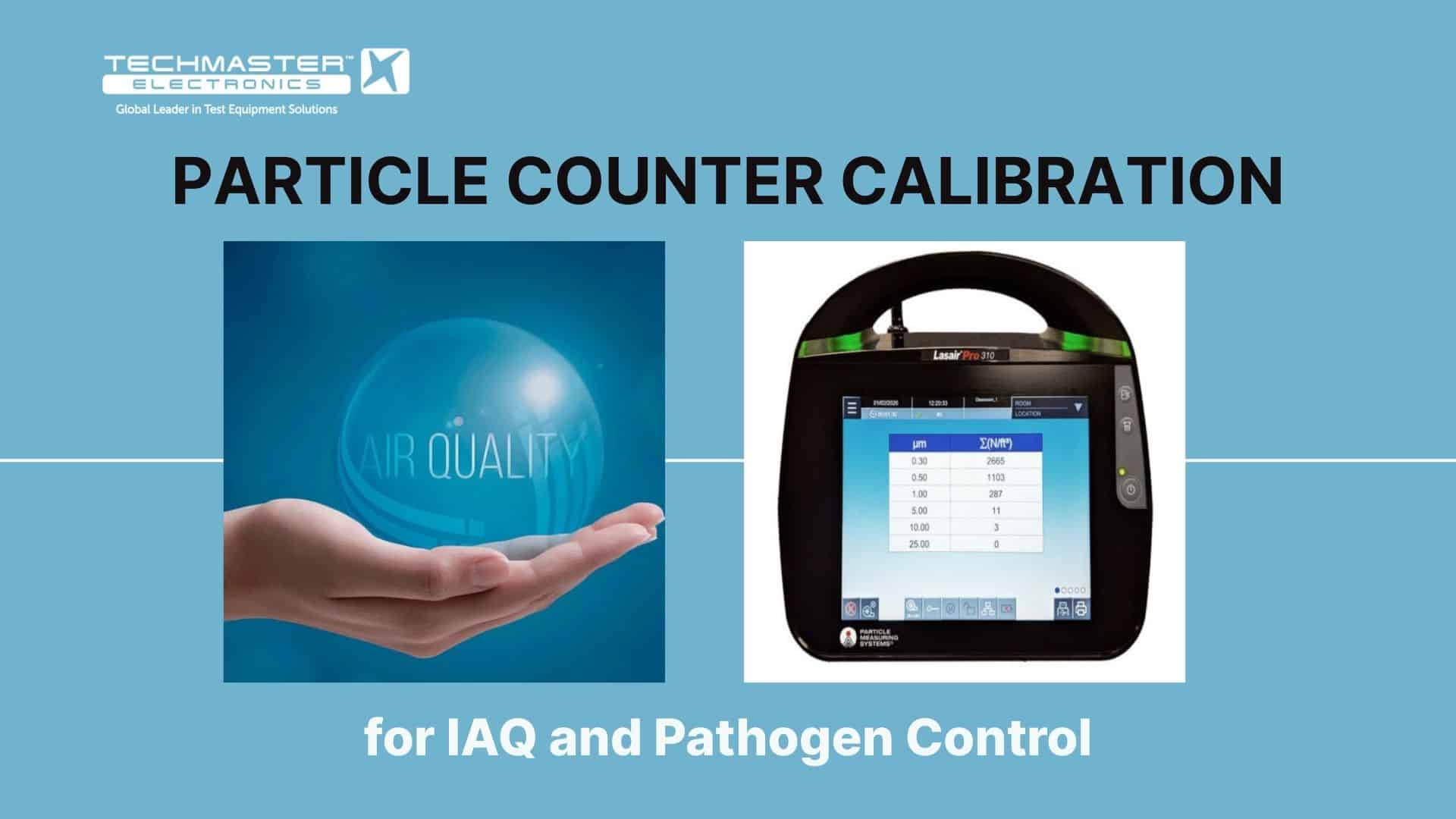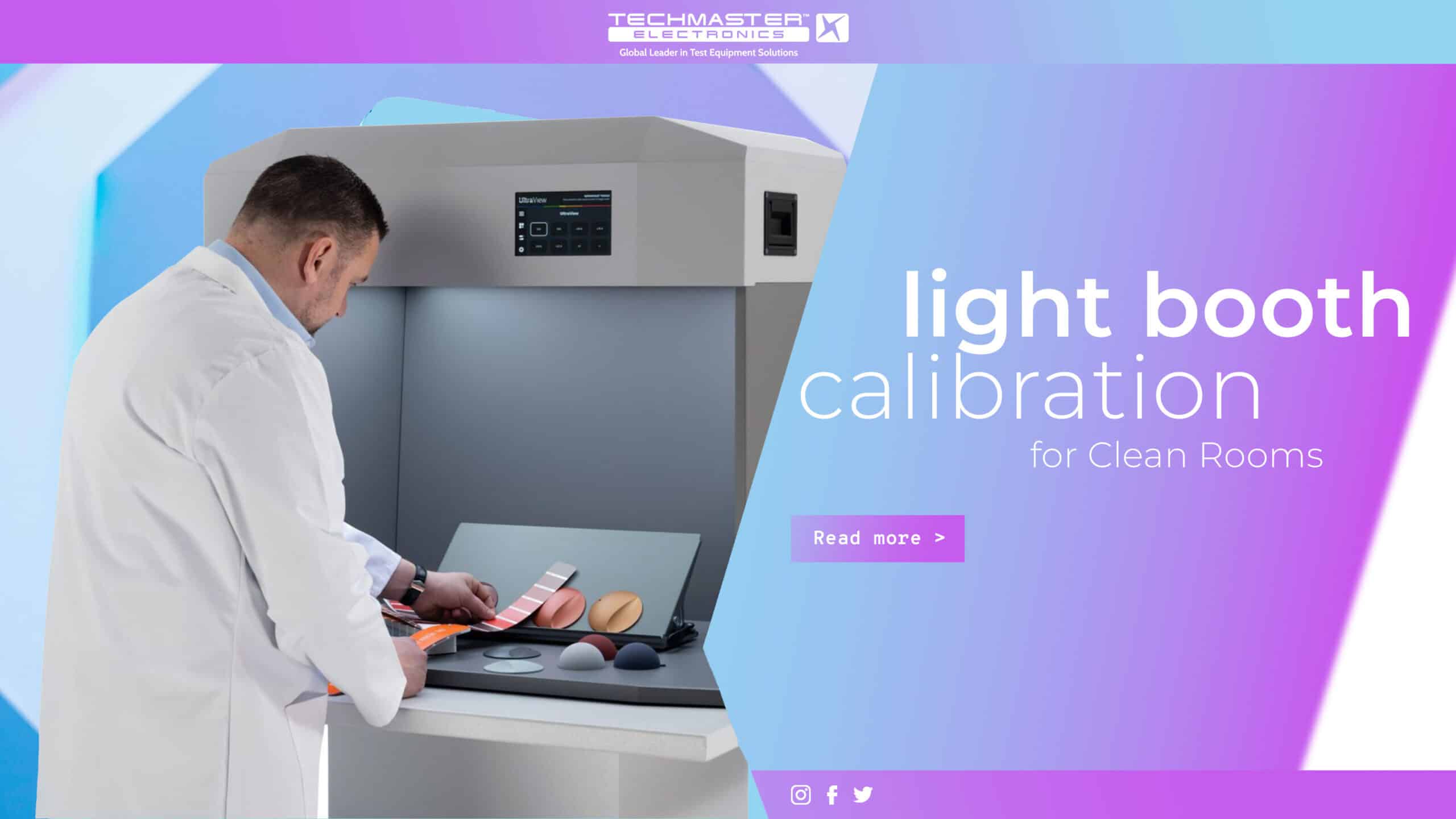Calibration in Clean Environments: Ensuring Accurate Airflow Control for Critical Applications
In today’s highly specialized industries, cleanrooms are indispensable. These meticulously controlled environments minimize airborne particles, microorganisms, and other contaminants. They also regulate temperature, humidity, and pressure. Ultimately, their primary goal is to prevent contamination, ensuring both product quality and personnel safety. Advancements in technology and increasingly stringent quality standards have made cleanrooms a pivotal, non-negotiable element in many advanced manufacturing sectors. Achieving and maintaining the required cleanroom classifications (such as ISO 14644 standards) depends critically on precise airflow control. This level of precision is only possible through consistent and reliable calibration in clean environments.
Why Accurate Airflow Control Matters in Clean Rooms
Airflow, undeniably, is the lifeblood of a clean room. Indeed, it dictates how airborne particles are removed and how quickly contaminants are flushed out. Proper airflow control, therefore, directly impacts several key areas:
- Particle Removal Efficiency: Laminar (unidirectional) or turbulent airflow patterns are designed to sweep particles out of the clean room. However, inaccurate airflow means inefficient particle removal, leading to higher contamination levels.
- Pressure Differential Maintenance: Clean rooms operate under specific positive or negative pressure differentials relative to adjacent areas. Thus, this prevents unfiltered air from entering (positive pressure) or contaminated air from escaping (negative pressure). Precise airflow control is, consequently, crucial for maintaining these critical pressure gradients.
- Temperature and Humidity Control: Airflow systems (HVAC) distribute conditioned air, directly influencing temperature and humidity levels. Furthermore, deviations in airflow can create hot spots, cold spots, or humidity fluctuations, thereby compromising product stability and process integrity.
- Compliance with Standards: Regulatory bodies and international standards (e.g., ISO 14644, GMP) set strict requirements for airflow velocity, air change rates, and pressure differentials. Accurate airflow ensures compliance, consequently preventing costly audit failures and potential legal issues.
Ultimately, without precise airflow, the very purpose of a cleanroom is defeated. This is why calibration in clean environments—particularly of airflow measuring devices and systems—is paramount.
Key Applications of Clean Rooms in Modern Industries
Clean rooms are fundamental across various sectors. Specifically, they provide the controlled conditions necessary for producing high-quality, safe, and reliable products.
1. Pharmaceutical and Biopharmaceutical Manufacturing
In this industry, clean rooms are a mandatory requirement for Good Manufacturing Practice (GMP) compliance. Drugs, vaccines, biologics, and dietary supplements must be produced in aseptic environments. This is crucial to prevent microbial contamination and impurities.
- Sterile Drug Production: Ensures injectable drugs and ophthalmic solutions are free from microorganisms or foreign particles.
- Active Pharmaceutical Ingredient (API) Processing: Controls the environment so APIs do not degrade or become contaminated.
- Research and Development: R&D labs, likewise, require clean environments for accurate experiments, preventing cross-contamination.

2. Healthcare and Medical Devices
Clean rooms play a vital role in protecting human health. This is especially true in healthcare facilities and during medical device manufacturing.
- Operating Theaters and Recovery Rooms: Minimize infection risks for patients during and after surgery.
- Medical Device Manufacturing: Implantable devices (stents, kidney filters), surgical instruments, and sterile products demand aseptic production for absolute safety.
- Biosafety Laboratories: Controlled environments are essential for microbiological research, cell culturing, and disease diagnostics.

3. Electronics and Semiconductor Industry
This sector, in particular, often demands the highest cleanroom classifications. Indeed, these can be as stringent as ISO Class 3 (Class 1 per former US FED STD 209E). Even a tiny dust particle, for instance, can ruin a microchip or integrated circuit.
- Microchip and Semiconductor Production: Manufacturing processes for semiconductors require an almost particle-free environment to avoid defects on nanoscale components. Therefore, this is where Particle Counter Calibration becomes critically important, ensuring reliable particle count data every time.
- Precision Electronic Component Assembly: Ensures sensitive components like displays, sensors, or optical devices remain uncontaminated during assembly.
- Hard Drive Manufacturing: Dust can damage the magnetic disc surfaces. Consequently, an extremely clean environment is needed for production and assembly.

4. Food and Beverage Industry
Food safety and hygiene are top priorities. Clean rooms help prevent the growth of bacteria, molds, and other contaminants. Ultimately, this ensures product quality and extends shelf life.
- Packaged Food Processing: Products such as dairy, processed meats, confectionery, and beverages require clean environments to prevent microbial contamination during packaging. Notably, Oxygen Meter Calibration is crucial for process control in modified atmosphere packaging, ensuring optimal oxygen levels and thereby improving overall quality control.
- Nutraceutical Production: Ensures strict hygiene and safety standards for nutritional supplements.
- Storage Facilities: Controlled temperature, humidity, and clean airflow preserve raw materials and finished goods.

5. Aerospace and Defense
In these fields, reliability and precision are paramount. Clean rooms ensure complex components and systems perform flawlessly in extreme environments.
- Satellite and Rocket Manufacturing: Assembling sensitive electronic, optical, and mechanical systems requires a particle-free environment for guaranteed performance.
- Optical Device Production: Highly sensitive lenses, mirrors, and sensors must be manufactured in clean conditions to avoid degrading image quality or performance.
- High-Tech Weaponry Manufacturing: Ensures electronic and mechanical components of modern weaponry are free from contamination-induced faults.
The Role of Calibration in Clean Environments and Related Services
To maintain the integrity of these critical environments, regular and precise calibration is non-negotiable.
- Clean Rooms Calibration: Accurate Airflow Control: This is the foundational service for clean rooms. It involves calibrating instruments like anemometers, balometers, and differential pressure gauges to ensure accurate readings. Subsequently, these readings are used to adjust and optimize the HVAC system for precise airflow.
- Particle Counter Calibration: As mentioned, accurate particle counting is vital in many cleanroom applications, especially in electronics. Calibrating these devices, therefore, ensures they deliver reliable data on airborne particulate levels.
- Oxygen Meter Calibration: In food, pharmaceutical, and some manufacturing processes, controlling oxygen levels is crucial. Furthermore, regular calibration of oxygen meters guarantees accurate process control.
- Environmental Testing in Controlled Areas: Beyond just airflow, a comprehensive program in controlled areas verifies temperature, humidity, pressure differentials, and cross-contamination risks. In essence, this provides a holistic view of the clean room’s performance.
Conclusion
Clean rooms have become an indispensable foundation across numerous modern industries. Investing in and maintaining a clean room not only helps businesses meet quality standards and regulatory compliance but also enhances product quality, optimizes production processes, and significantly boosts competitive advantage in the global marketplace.
Ultimately, to ensure cleanroom performance, Calibration in Clean Environments and accurate airflow control are essential services that protect operations, products, and brand reputation.



